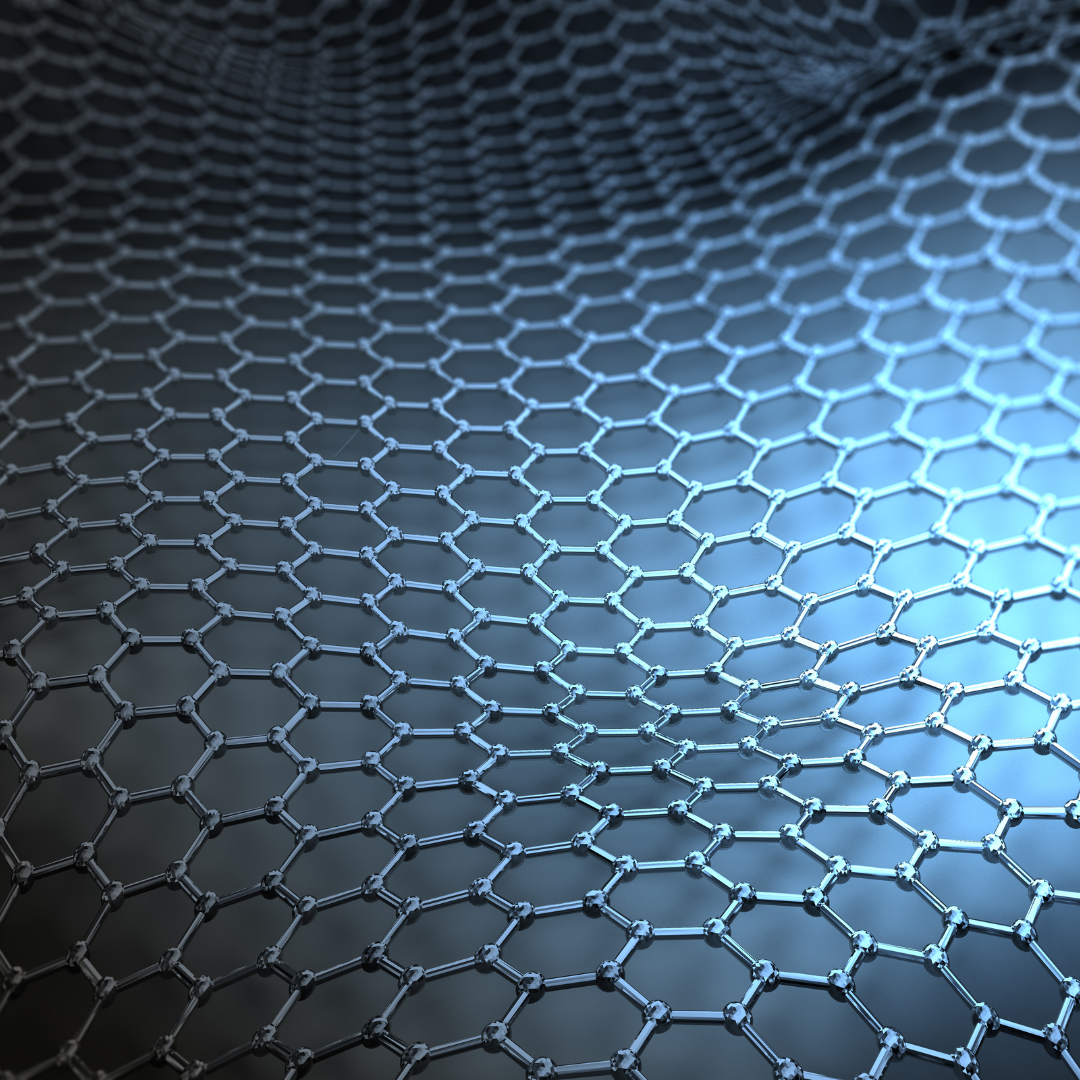
Nanotech Surfboards? The Future of Wakesurf Materials
Share
When people think about innovation in wakesurf boards, the conversation usually centers on carbon fiber or maybe new core materials. But there’s a whole new frontier that’s just starting to touch the world of board building, nanotechnology.
It sounds futuristic, but the idea is simple: by engineering materials at the nanometer scale (that’s 100,000 times smaller than the width of a human hair), you can completely change how they behave. Tiny shifts at this scale add up to massive differences in how your board performs on the water.
What Nanotech Means for Boards
At its core, nanotech is about controlling properties that traditional materials can’t. In wakesurfing, this means:
Hydrophobic Coatings: Imagine a board surface that actively repels water. Instead of water clinging to your board and slowing you down, it beads up and sheds instantly. Less drag = more speed.
Graphene Additives: Graphene is one of the strongest and lightest materials ever discovered. Integrated into laminates, it can make boards thinner, lighter, and stronger all at once.
Nano-Resins: By tweaking resins at the molecular level, builders can make them tougher and more flexible without adding weight, which translates to longer-lasting boards with snappier performance.
Already Tested in Other Sports
While wakesurfing is only beginning to experiment here, other industries have been proving the potential of nanotech for years. Aerospace engineers use nanocomposites to cut weight while boosting strength. Cyclists ride graphene-infused frames that outperform carbon fiber. Ski and snowboard brands are testing hydrophobic coatings to create faster glide across snow. The same technology that helps a jet fly more efficiently or a bike sprint faster can, and will, find its way into wakesurfing.
The Future of Wakesurfing
Picture this: a wakesurf board that never takes on water, no matter how many dings it collects. A layup that’s thinner, lighter, and stronger than anything on the market today. Eco-friendly resins that bond tougher while leaving a smaller footprint.
That’s the promise of nanotech. And it’s not a question of if it makes its way into wakesurfing, it’s only a matter of when.
